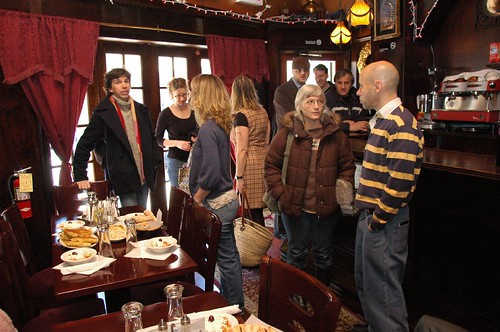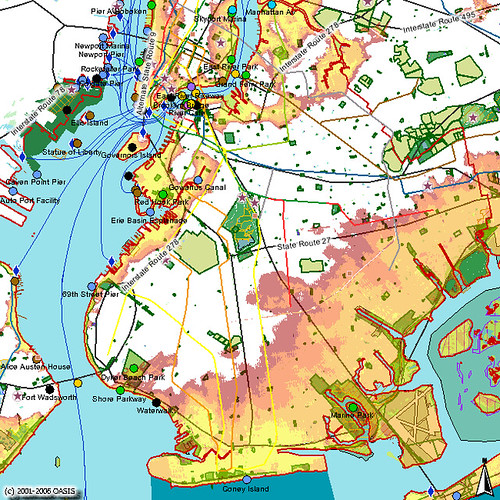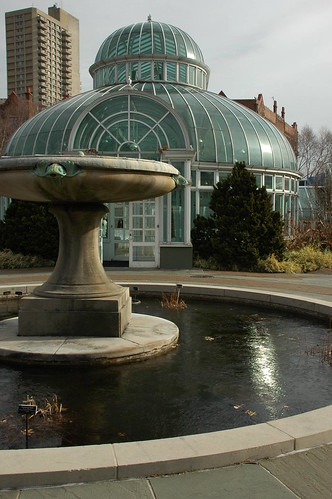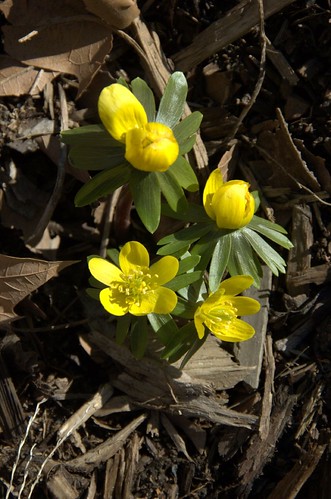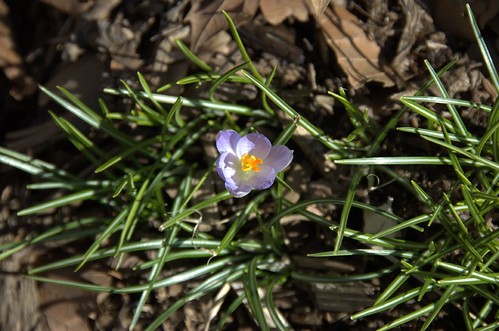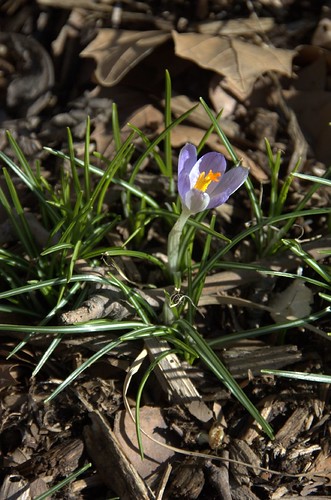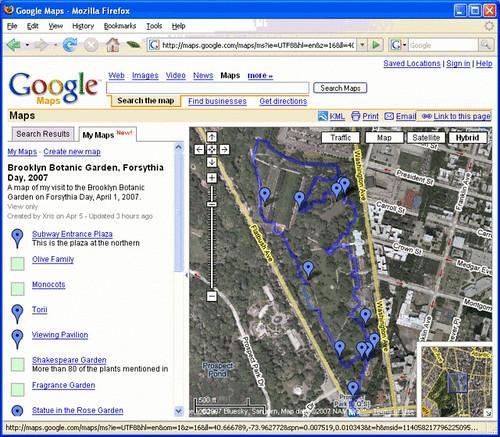Just two weeks ago, USDA APHIS reported that Anoplophora glabripennis, Asian Longhorned Beetle (ALB for short) was found on Prall’s Island, an uninhabited island in the strait between New Jersey and Staten Island, about a mile south of the Goethals Bridge. Yesterday the Parks Department announced that ALB was found on Staten Island six days ago:
The New York City Department of New York Parks & Recreation, New York State Department of Agriculture and Markets (NYS DAM), New York State Department of Environmental Conservation (NYS DEC), and United States Department of Agriculture (USDA) today announced that the Asian Longhorned beetle (ALB), an insect classified by the USDA as an invasive species and an imminent threat to the United States and New York City’s forest ecosystem, has spread to Staten Island. An infested silver maple tree, located on a private wood lot in Bloomfield, is the first evidence of the beetle found on mainland Staten Island, and was detected on March 22, 2007 by USDA tree climbers. Surveys intensified on Staten Island since the detection of infested trees on nearby Prall’s Island. To date, only one infested tree has been detected on the mainland and survey crews will continue to inspect ALB host trees to determine if any additional trees are infested. Due south, on the 88-acre, uninhabited Prall’s Island which is owned and operated by Parks & Recreation as a bird sanctuary, 37 ALB-infested red maple and gray birch trees have been discovered since March 1, 2007. Not all trees on Prall’s Island have been surveyed.
The ALB-infested tree in Bloomfield sports light damage in the form of ten egg sites in its canopy. When inspected by USDA climbers in May 2006 just prior to flight season, the tree was not infested, leading experts to believe that the tree has been infested for less than a year. USDA surveyors inspected the wood lot following the confirmation of significant infestation on nearby Prall’s Island, which is located in close proximity to ALB-infested areas in New Jersey. Parks continues to work with partner agencies on the federal and state levels to monitor both infested areas of Staten Island for further signs of the beetle, develop strategies to remove infested and potential host trees, and dispose of removed trees in a manner with minimal ecological impacts.
This is really discouraging news.
Related Posts
GAO Report: Invasive Forest Pests, May 2006
Links
Parks’ ALB Home Page
New York DEC ALB page
USDA APHIS ALB Newsroom
University of Vermont ALB Reference


